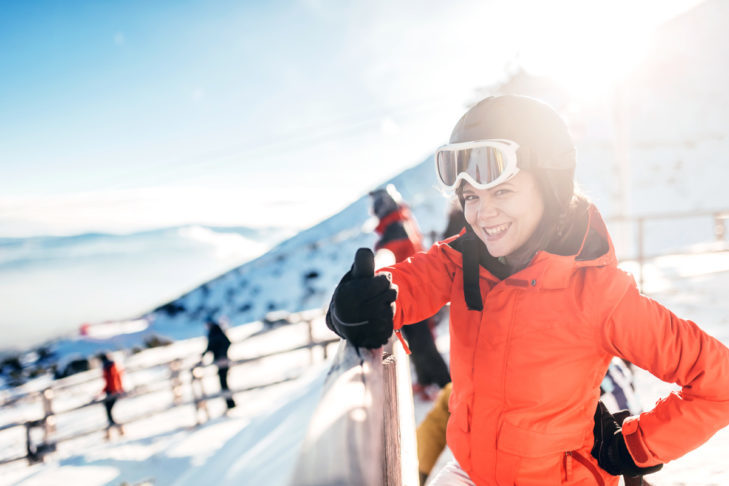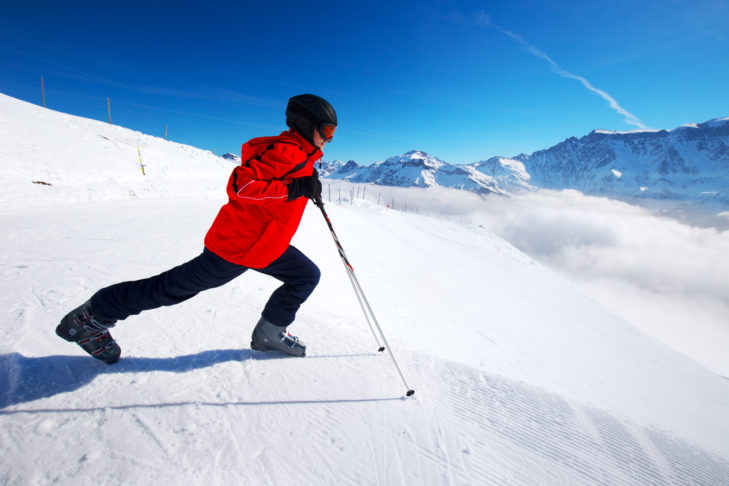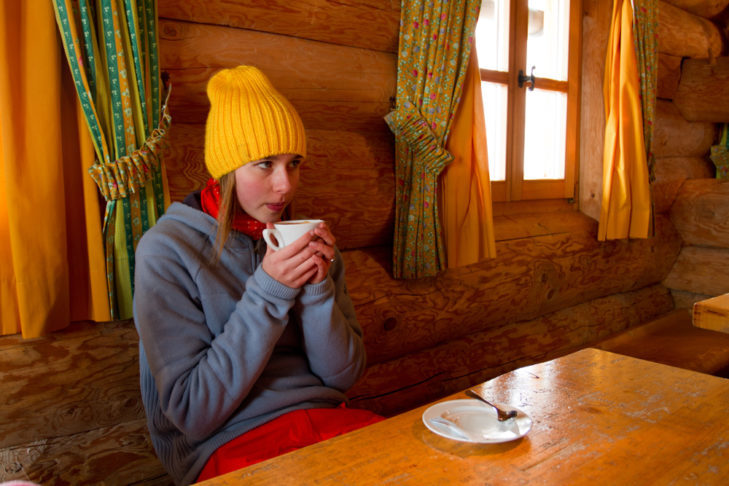Skiing is so much fun – fresh air, exercise, sun all day long. But what if you cannot enjoy all the skiing fun because you suffer from constantly cold hands and feet and feel your toes freeze? SnowTrex knows why and has 7 tips against cold hands and feet when skiing.
Tip 1: Keep your head warm
A lot of body heat is also lost through the head. This is why it is important not only to protect them from shocks but also from the cold. Due to the ski helmet the warming headgear is no longer a problem. A warming layer is recommended underneath these. The fashionable question remains whether a bandana, a thin beanie or the storm hood should be used. In any case, the head is protected from wind and weather and thus from cooling down.
Tip 2: Wear ski socks with wool content
Ski socks with a wool content should be worn in ski boots. These hold the warmth particularly well on the foot or in the shoe. In addition, the wool content also reduces sweating of the feet, which in turn prevents cooling.
Tip 3: Make small movements in between
Long waiting times at draughty lift stations support rapid cooling of the body. Stomping on the spot or light stretching of the upper body counteracts standing still and supports blood circulation. During the lift ride or shortly after getting out, occasional massaging and circling of the wrists helps to stimulate blood circulation and thus avoid cold hands. A short gymnastics break also helps.
Tip 4: Wear mittens instead of gloves
Even if you may be the first to associate mittens with children’s gloves – they are also available for adults and they have a decisive advantage: In contrast to finger gloves, here the fingers are in a “group” together and can thus produce heat together for only one area. This is pure teamwork. Alternatively one can put on also still thin inside gloves / silk gloves under the mittens.
Tip 5: Strengthen your energy balance
In addition, the body consumes a lot of energy when skiing, which should be fed back to it. If you do not want to take a long break, you can keep fit with small energy dispensers. Chocolate bars or dried fruit are particularly suitable for a small snack in between. They are easy to store in your jacket pocket and provide the body with the necessary energy. When you stop at the hut, hot drinks or warm meals warm you up from the inside again.
Tip 6: Adjusting ski boots correctly
The ski boots should not be bought or borrowed in too large a size. This not only reduces the risk of accidents on the slopes, but above all the risk of strapping them too tightly and thus restricting blood circulation. During breaks, ski boots should be opened to promote blood circulation, even in the calves.
Tip 7: Carry heatable elements
There are now heatable elements for both ski boots and gloves that are powered by a rechargeable battery. So if you still have cold feet in ski boots or cold hands in gloves with the tips mentioned above, it’s best to use such means.






